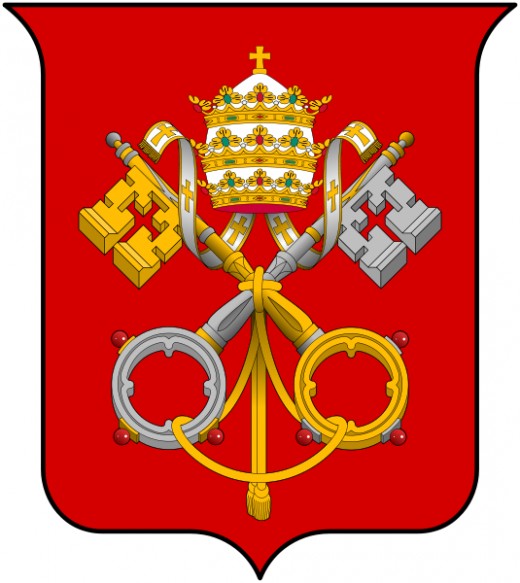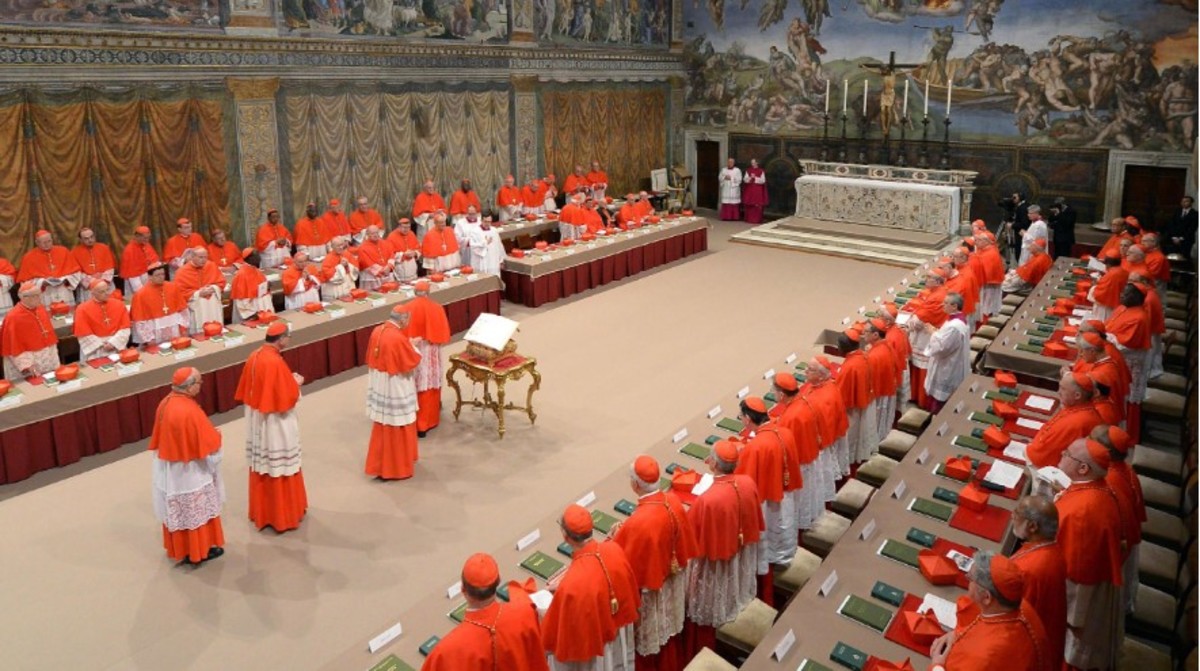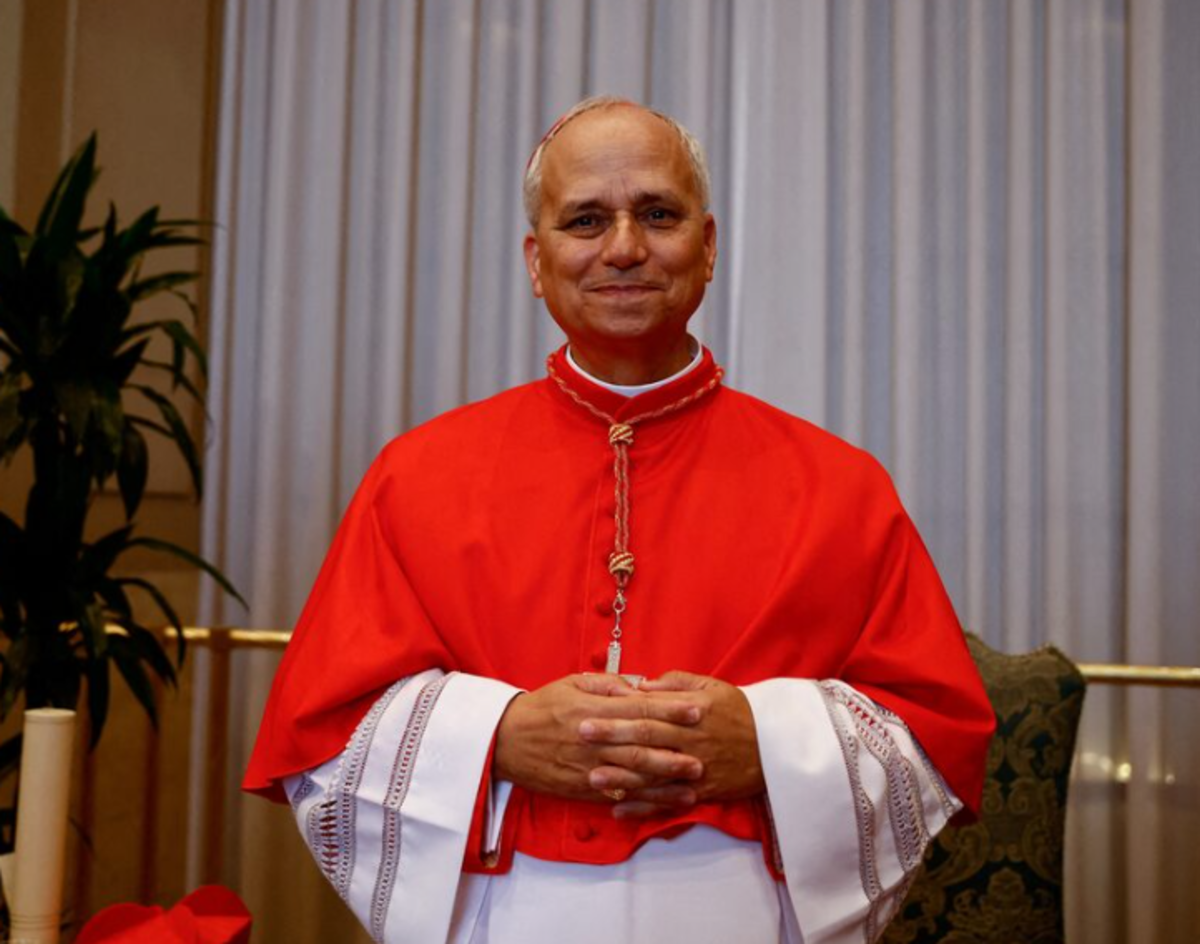The Reason for the Papal Conclave

When it is time to elect a new pope, the cardinals of the Catholic Church process into the Sistine Chapel and, after swearing an oath never to reveal what takes place during the election process, are locked in. They are not let out until a new pope is elected. This is known as the “Papal Conclave”
While inside, they vote and pray until one man receives a two-thirds majority and formally accepts his election. The cardinals vote several times a day. If the majority is not reached, the ballots are burned in a specific place so the people of Rome can see the smoke from the chimney. If a pope has not been elected, the ballots are burned with wet straw, causing black smoke to appear in Saint Peter’s Square. If we have a new pope, the ballots are burned dry, causing white smoke. Everyone then knows that the Cardinal Deacon will soon appear at the window and announce: “Habemus Papam!” – “We have a pope”.
The election of a new pontiff has been conducted in this way since the 13th century. Up until about the 11th century, the reigning pope often named his own successor – following in the tradition it seems of Saint Peter himself appointing Pope Linus as his successor when he knew his own martyrdom was imminent. In 1059, an election process was created by Pope Nicholas II which allowed only the Church’s cardinals to take part in the election. This was done largely for sanity’s sake as – to this day, technically – any Catholic male, even if he is not a priest, can be elected pope. The election process created by Nicholas II cannot, however, be called the Papal Conclave. The Conclave did not develop until after the papal election which opened in November of 1268.
The Election of Pope Gregory X
After Clement IV died, the Catholic Church spent almost three full years (late November 1268 – September 1, 1271) without a leader. The election became deadlocked when the supporters of Charles of Anjou, the French conqueror of Sicily, clashed with his detractors. All the cardinals who were not French – particularly the Italians – were determined to keep a Frenchman from being elected.
The bickering went on for several months until the cardinals became lax about their overall purpose and stopped meeting on a regular basis. There is no knowing what might have happened if the frustrated populace had not convinced the prefect of Viterbo (the town where the cardinals had gathered) to lock up the electors until they chose a new pontiff. This still wasn’t enough, however, as the cardinals still took another year – during which the roof of the building they were in was torn off and they were given only bread and water to drink – before electing Pope Gregory X.

The reason for the See of Peter being vacant for almost three years was not so much because of political arguments, but because of a lack of purpose. Only 19 cardinals participated in the election of 1268-1271 (as opposed to the 111 who participated in the conclave which elected John Paul II and the 115 who participated in the election of Pope Francis). Of these 19, two died before a compromise was reached.
Gregory X was an Italian and, ironically, was not a cardinal and therefore did not take part in the election. It was he, however, who decided that the cardinals in all future papal elections should be locked up “cum clave”- “with a key” or in a conclave until the new pope was chosen. The first papal conclave, after the pattern similar to what we know, took place in 1276, when the successor to Gregory X was elected.








